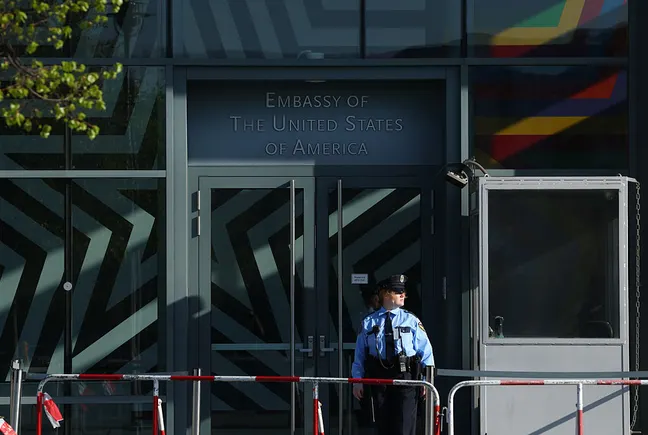Dive Brief:
- The U.S. will need over 5 million additional workers who have at least some postsecondary education by 2032, according to a report released Tuesday by Georgetown University’s Center on Education and the Workforce.
- Of that total, 4.5 million will need at least a bachelor’s degree, according to the report. Degree-requiring positions facing “critical skills shortages” include nurses, teachers and engineers, it said.
- Without intervention, the shortfall in skilled labor would be spurred by retirements outpacing similarly qualified workers entering the labor force and the creation of almost 700,000 new jobs requiring postsecondary education.
Dive Insight:
To address the skills gap, colleges will need to implement teaching and counseling strategies that adapt to the “evolving socioeconomic and racial/ethnic demographics of our classrooms,” said Jeff Strohl, co-author of the report and director of CEW. “The transition to a majority-minority population has already occurred among American youth,” he said.
Colleges will also need to focus on specific sectors.
“Both teacher and nursing shortages are pressing concerns with far-reaching implications for the nation’s education and healthcare systems,” Nicole Smith, lead author on the report and chief economist at CEW, said in a Tuesday statement.
The nursing pipeline has suffered from high turnover rates amid pandemic-era burnout, the report noted. There is also a faculty shortage for nursing preparation programs, possibly due to low teaching salaries compared to what could be earned in the field.
Without a “significant investment in postsecondary education and training,” the U.S. will face a shortfall of 362,000 nurse practitioners and registered nurses, and 42,000 licensed practical nurses by 2032, according to CEW.
Teachers — another profession plagued by burnout and high turnover — will also be in short supply without intervention, with a gap of 611,000 by 2032.
In addition to nurses and teachers, CEW identified seven occupations that could be hit particularly hard: accountants, attorneys, construction workers, doctors, engineers, managers and truck drivers.
Addressing these gaps through “massive and immediate increases in educational attainment” must be a priority, Smith said.
The engineering pipeline is facing cracks for an additional reason — a tightening of federal immigration policies.
“There is tremendous political pressure to reduce immigration, despite the fact that the US has increasingly relied on immigrants to fill advanced technical occupations,” Smith said. Current efforts to boost the engineering workforce “aren’t keeping pace with these trends,” she said.
One strategy would be to expand visa programs and prioritize immigrants with in-demand skills, the report said. Failing to make up the project engineer shortfall — expected to number 210,000 workers — could hinder economic growth and the nation’s global competitiveness, according to Smith.
Across sectors, employers can invest in reskilling workers and work to improve the effectiveness of skills-based hiring, the report said.
Strohl framed the looming workforce gap as an opportunity for workers — especially those from marginalized communities and low-income backgrounds — to advance economically.






Leave a Reply